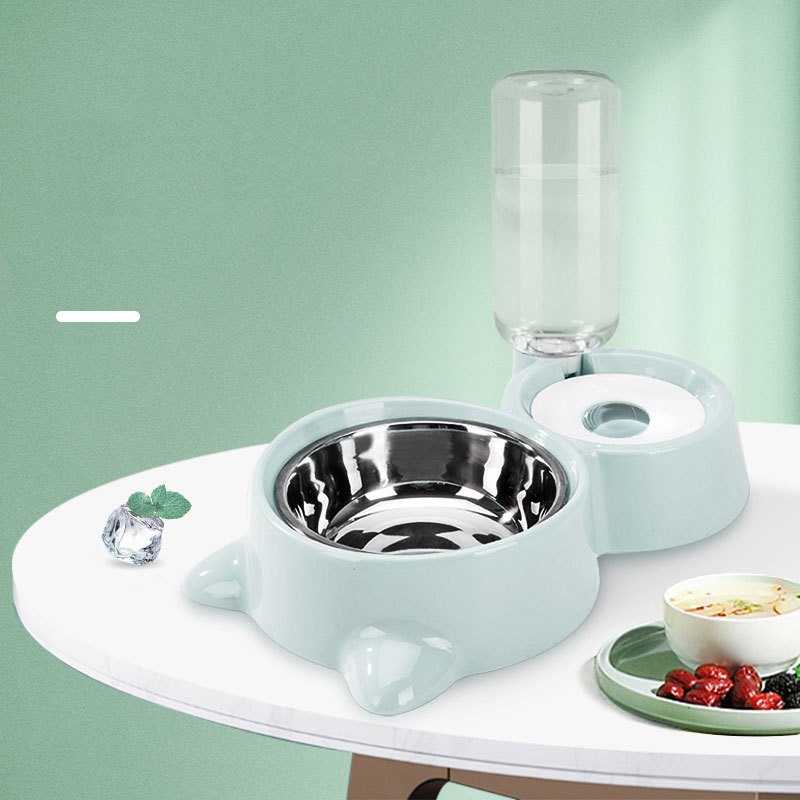
Dogs need to drink plenty of water every day to stay hydrated and healthy. But what is the best material for a dog drinking bowl? There are many options available, such as plastic, metal, ceramic, glass, silicone and wood. Each material has its own advantages and disadvantages, and the best choice may depend on your dog’s preferences, habits and needs.
The best material for a dog drinking bowl is ultimately a matter of personal preference. You should consider your dog’s size, breed, behavior and health when choosing a dog drinking bowl. You should also consider your budget, convenience and style when choosing a dog drinking bowl. You may want to try different materials and see which one your dog likes best. The most important thing is to provide your dog with fresh, clean water every day in a suitable drinking bowl.

- Durability: Some materials are more durable than others, and can withstand chewing, scratching, dropping and washing. Plastic and metal are generally more durable than ceramic and glass, which can break easily. Silicone and wood are also prone to wear and tear over time. However, durability also depends on the quality and thickness of the material. A high-quality ceramic or glass bowl may last longer than a cheap plastic or metal one.
- Safety: Some materials are safer than others, and do not contain harmful chemicals or substances that can leach into the water. Plastic may contain BPA, phthalates or other toxins that can affect your dog’s health. Metal may rust or corrode, especially if exposed to acidic or salty water. Ceramic and glass are generally safe, but they may crack or chip, creating sharp edges that can injure your dog’s mouth. Silicone and wood are also safe, but they may harbor bacteria or mold if not cleaned properly.
- Cleanliness: Some materials are easier to clean than others, and do not retain odors or stains. Plastic and metal are easy to clean, but they may scratch or dent, creating crevices where bacteria can grow. Ceramic and glass are also easy to clean, but they may absorb odors or colors from the water or the environment. Silicone and wood are harder to clean, and may require special care or treatment to prevent bacteria or mold growth.
- Temperature: Some materials can keep the water cooler or warmer than others, depending on the ambient temperature. Plastic and metal tend to heat up or cool down quickly, depending on the weather. Ceramic and glass tend to retain the temperature of the water longer, keeping it cool in summer and warm in winter. Silicone and wood have poor thermal conductivity, and do not affect the temperature of the water much.
- Aesthetics: Some materials are more attractive than others, and can match your home decor or your dog’s personality. Plastic and metal come in various colors, shapes and sizes, but they may look cheap or dull over time. Ceramic and glass come in various patterns, designs and styles, but they may look fragile or bulky. Silicone and wood come in natural colors and textures, but they may look plain or boring.
